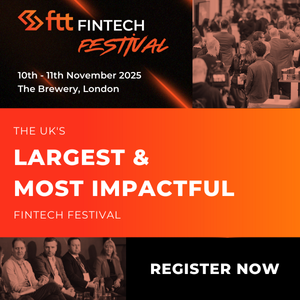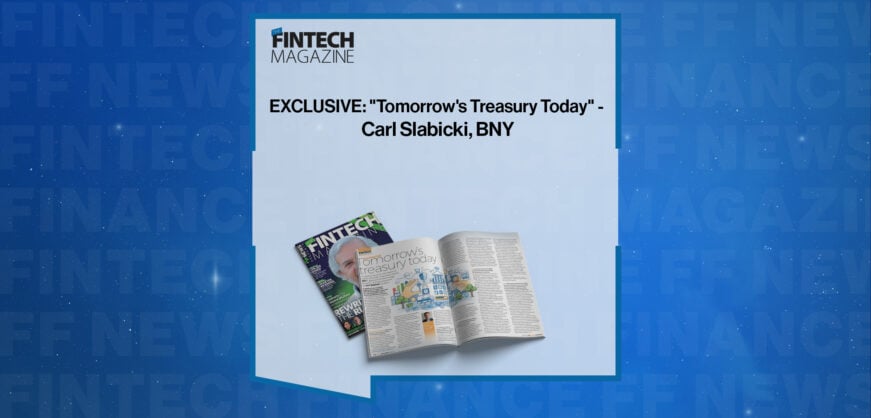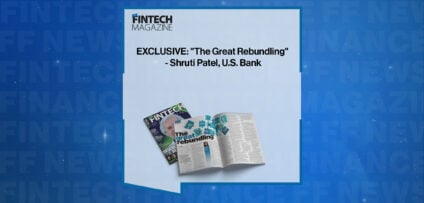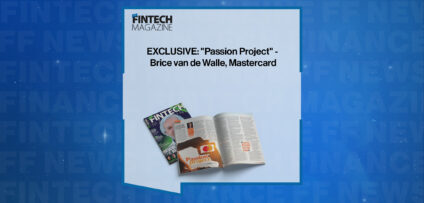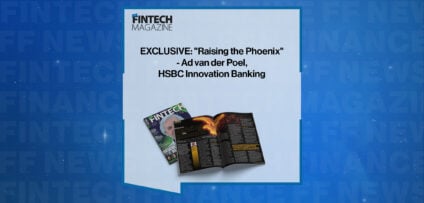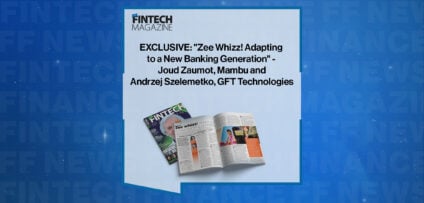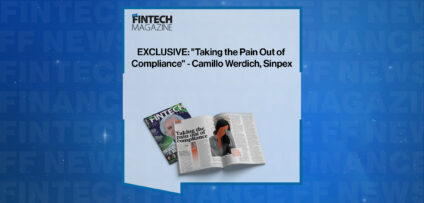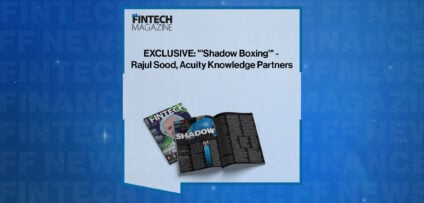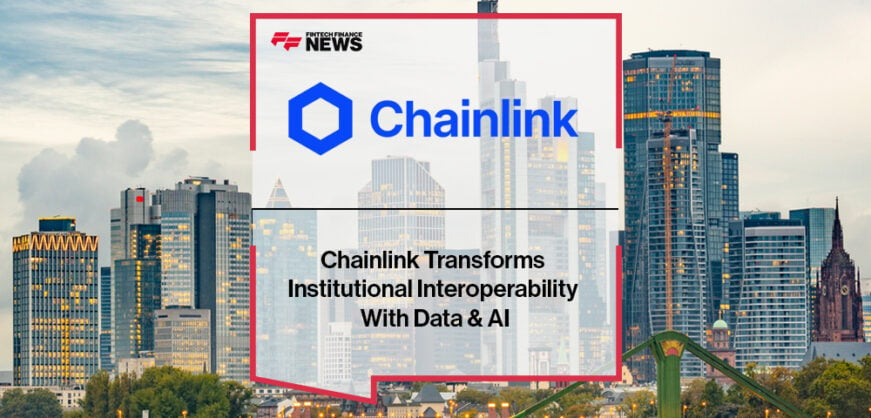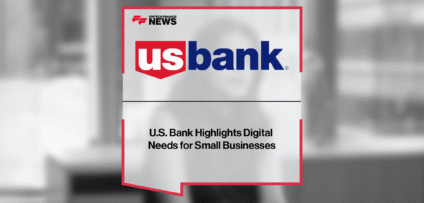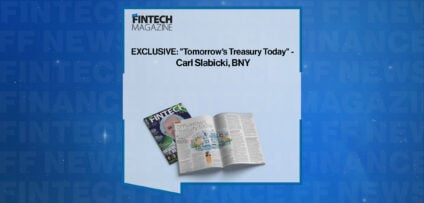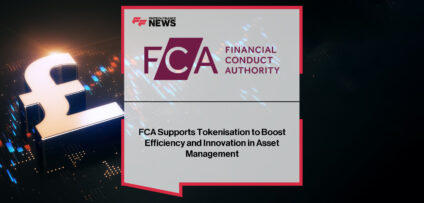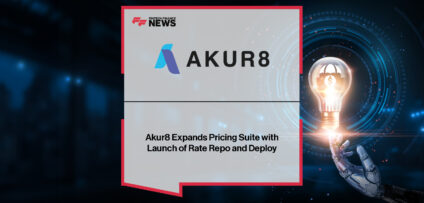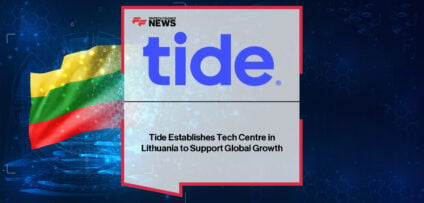Breaking News
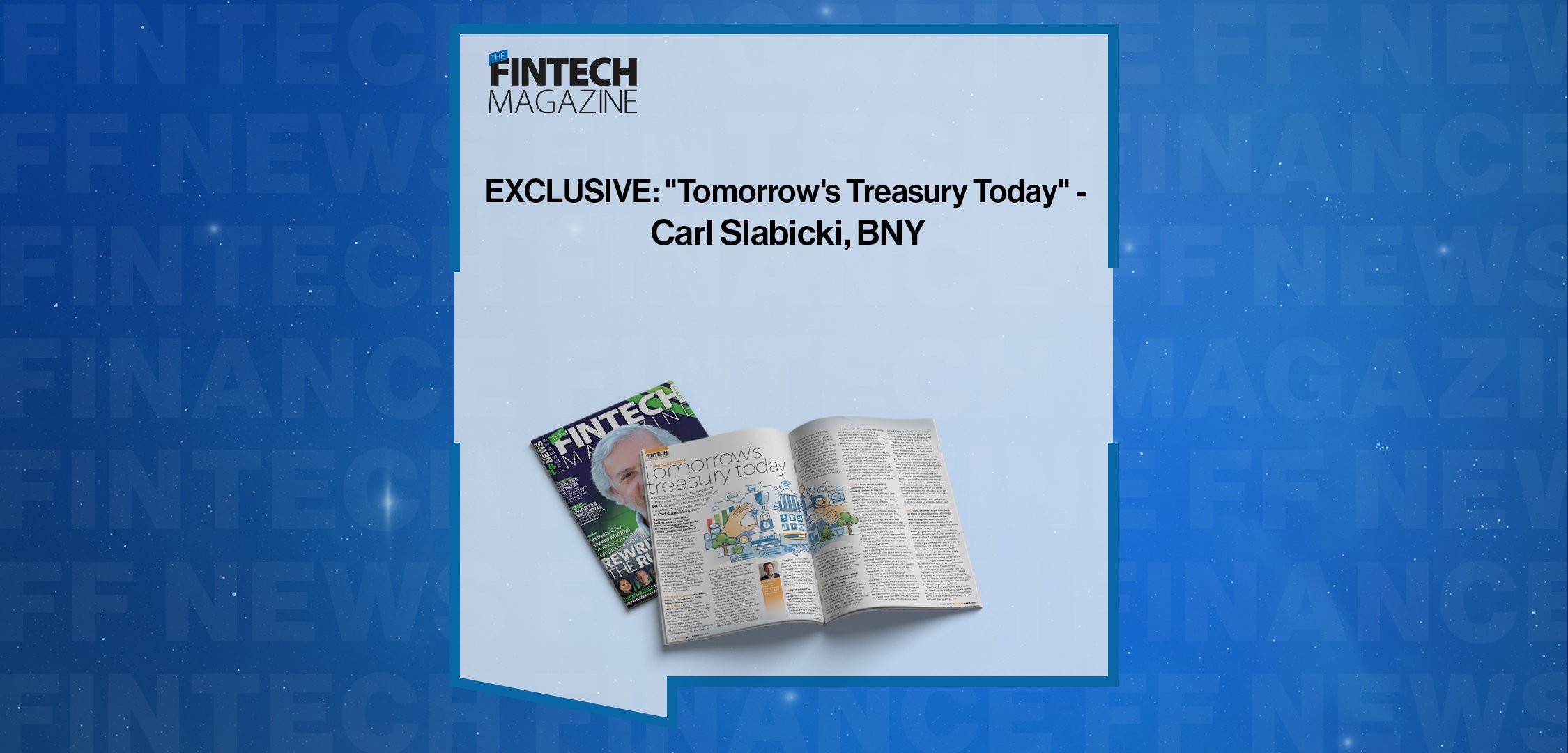
EXCLUSIVE: “Tomorrow’s Treasury Today” – Carl Slabicki, BNY in ‘The Fintech Magazine’
A rigorous focus on the needs of clients and their customers shapes BNY’s approach to technology adoption and development, as Carl Slabicki explains
A significant force in global banking, Bank of New York (BNY) processes digital payments at a rate of $3trillion a day in around 130 different currencies. Its banking-as-a-service infrastructure fuels almost 2,500 organisations that are operating in a vast number of markets globally, by facilitating local and cross-border transactions, including US dollar payments into and out of local regions.
BNY’s Executive Platform Owner for Treasury Services, Carl Slabicki, is at the heart of that fast-paced, rapidly evolving operation, responsible for providing ‘really deep, integrated working capital through the entire life cycle’ – from payments, cash management and trade finance to bank, broker-dealer, fintech and money service business clients globally.
We asked him what developments, opportunities and threats he believes are currently foremost in financial services players’ minds.
THE FINTECH MAGAZINE: What does the day-to-day look like for BNY’s Treasury Services division?
CARL SLABICKI: We’re involved in facilitating global money movement and giving clients access to foreign exchange (FX) markets, letters of credit and trade finance and receivables financing, as well as cash management capabilities to help safeguard their assets. It’s about working with bank treasurers, corporations, CFOs, accounts payable and receivable managers, or the financial services product managers who are serving their own clients, providing them with services to help them offer better products downstream to their customers.
This gives us a great sense of what’s going on across these markets, the trends our clients are seeing, what they need to do to stay competitive, what’s really important to their businesses. Ultimately, how our services can help them achieve those goals. The main theme is both financial services and the broader business ecosystem moving into more of a 24/7, always-on operating model. It means payments need to be able to move instantly, not just within specific regions but cross-border, too.
We’re doing that in a lot of markets worldwide using our direct clearing or correspondent network partners to connect into instant payment rails and facilitate real-time money movement. We’re also looking to help our clients analyse and manage their cash flow, balances and liquidity. Then there’s seven-day accounting and interest calculations for always-on FX services.
TFM: How do you deliver true always-on capability in a world where doing so 99.99 per cent of the time isn’t, ultimately, good enough?
CS: Knowing how important this is to our clients, we’ve invested in the infrastructure to ensure they can provide a resilient offering to their clients, including rotation between data centres APIs help us and them stitch together multiple capabilities for a more seamless real-time workflow – including third-party partner capabilities for real-time processing of things like sanctions screening, fraud anomaly detection, checking for balances and updates and funds control, to support their millisecond-driven service level agreements.
We have lots of great data, and also bring in components from partners to offer our clients better value. So, they might take pieces of our API workflow to validate a data point, a beneficiary or an account number before a transaction process. Then they might use another API to get a status for that transaction, which they share with their client through a mobile or web interface.
Essentially, our clients can merge pieces of their ecosystem into a workflow for a customer to offer an instantaneous front-end experience, whereas much of the treasury ecosystem used to be an afterthought, a batch process that happened end-of-day or next day.
TFM: All of this clearly improves external processes, but can it also help internal stakeholders deliver more?
CS: We’re considering what common capabilities we can do once and best to remove duplication, a proof point being the platform operating model we have deployed across our entire enterprise for dealing with core requirements like know-your-customer, billing, onboarding and risk management across multiple lines of business and products.
This concentrates the leadership, technology, skill sets, tooling and processes into a once-and-best owner – often through APIs – so every use case has a single, best-in-class source. That’s helped us move faster and deliver repeatable components to a higher standard. Then, in terms of technology, strategy and architecture, we’re also looking at AI in areas including engineering to accelerate our output. We can use it to supplement the people writing user stories within product management, or help our engineers draft code as a starting point to then finish and put into deployment.
Then, once the code’s written, we can use AI to write and run more robust test cases to assist our testers with deployment – adding quality and speed along that lifecycle. These two things together are positioning us well for the future.
TFM: How do you ensure your digital transformation delivers real strategic value and substance to clients?
CS: There’s always a hype cycle around new technologies – buzzwords and investment going in to chasing technology that’s maybe not grounded directly in a problem. Our approach is to look at what our clients are trying to do – like the moving to always-on operation in multiple currencies, globally, including FX. In this example, we work that back to the fact that this means they need a seven-day operating calendar for their accounts, investments, working capital, and interest on balances, investments and lending – which means their systems need to be able to consume our APIs continuously.
Lots of financial ecosystem layers need to come together through technology solutions that help us and our clients make the jump from legacy infrastructure. With digital transformation, I always ask ‘what is it helping our client do?’. For example, is it helping them move assets more efficiently than the legacy model? Is it helping them exchange assets more seamlessly, or improving fraud and anomaly detection and cash forecasting? If the answer is yes, and it usually is, we can continue to test the benefit for the end user, i.e. is it helping them function faster, safer or more autonomously?
We don’t want to build tools because they sound cool or make a nice headline. We want things that help businesses and consumers, at scale, to move their assets more efficiently. Some investments are short-term, some are mid-term and some long-term and, if we’re pairing a new technology, model or capability, we always bring our clients into that journey. We showcase things, let them know what we’re thinking and what proof-of-concepts we’re building. It means they can drive the products that we either build, deploy, pivot or, ultimately, scrap and move on from
We take the same approach to our interactions with peer banks and market infrastructure providers, like The Clearing House, Federal Reserve and Swift, where there are investments to be made. There’s a lot of work and proof-of-concept going on around blockchain, stablecoin and tokenised deposit infrastructure, for example. These are all technical tools for helping bridge legacy infrastructure and enable our clients to achieve round-the-clock capability. We ask ‘what do we need to do to make that infrastructure more available, resilient and digitised to meet the modern demands of this evolving market?’. We’ll support and lead on those things that are going in the right direction, strategically, and let our clients know where the market is headed, what the benefits could be for their business and what that means for them.
We always try to represent their voices in deciding where we place our bets in both the short and long term.
TFM: Finally, what excites you most about the future of financial services technology and its potential to transform not just the client experience but how you best equip your internal teams to deliver that?
CS: Collectively managing the future will involve being able to navigate the intersection of evolving legacy technology and expanding its operating hours to 24/7. It’s also about building associated fraud controls, speeding up the infrastructure’s money-moving capabilities, connecting assets together from an exchange perspective, and bridging some of the newer technology being built by private banks.
It involves things such as the tokenised deposit models that banks are rapidly deploying, evolving market infrastructure, new technologies, instant payments ecosystem, leveraging AI as an acceleration tool, and increasing fraud controls. And then you have to consider how you deploy all this to make a difference to what the consumer at the end of it all actually cares about. It’s important to ensure we’re leveraging the tools that are growing at a very rapid pace to funnel things in the right way.
There’s a lot of opportunity and potential to harness the momentum of what’s coming across the industry, and to maximise that for all the users at the end of that workstream, whoever they might be.
This article was published in The Fintech Magazine Issue #36, Page 6-7
People In This Post
Companies In This Post
- Chainlink Transforms Institutional Interoperability With Data & AI Read more
- U.S. Bank Highlights Digital Needs for Small Businesses Read more
- Mambu Drives Composable Banking Adoption in Middle East & Africa Read more
- EXCLUSIVE: “Tomorrow’s Treasury Today” – Carl Slabicki, BNY in ‘The Fintech Magazine’ Read more
- FCA Supports Tokenisation to Boost Efficiency and Innovation in Asset Management Read more




